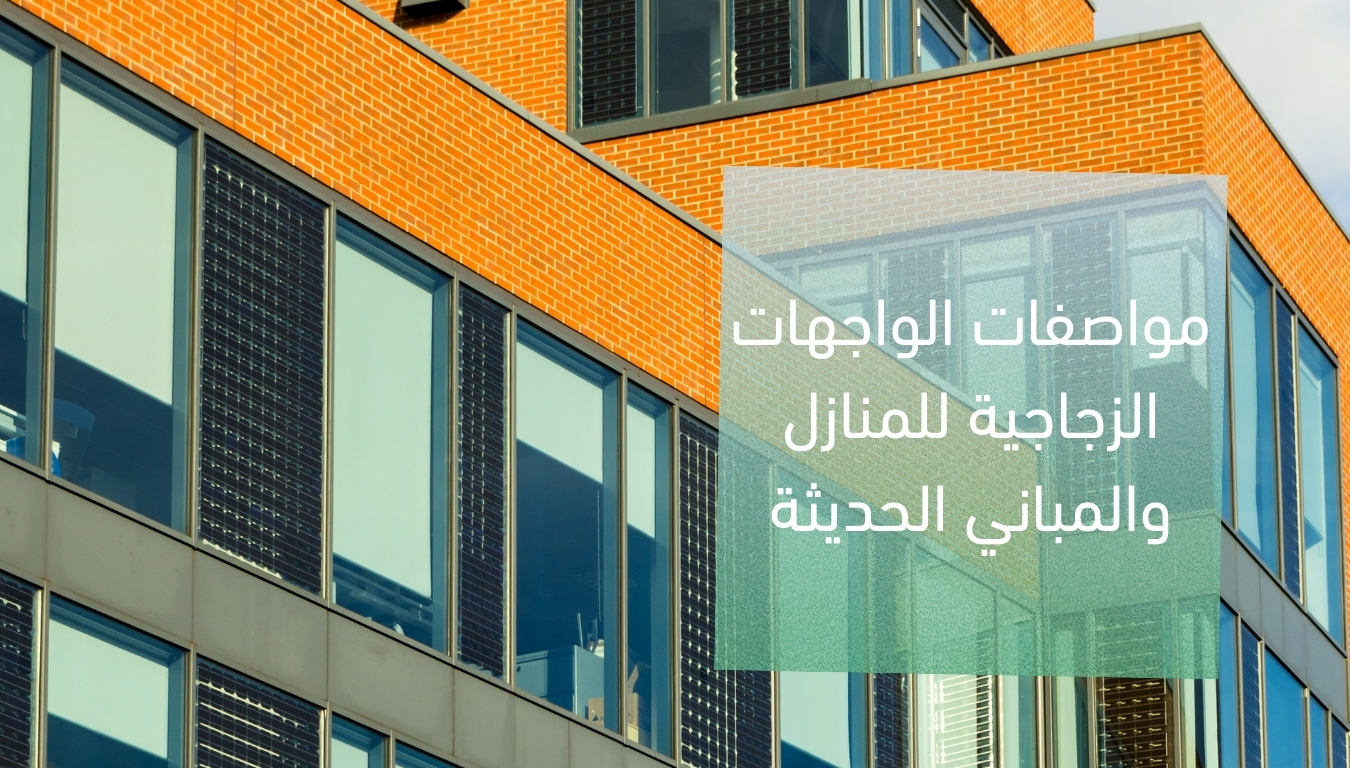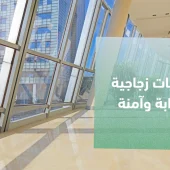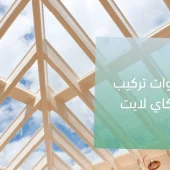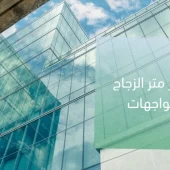Do glass facades have special specifications?
On what basis can we choose them?
Are all types suitable for all buildings such as villas, institutions and commercial buildings?
or not?
The specifications of glass facades are determined by many factors, the most important of which is the type of building.
The truth of the matter is that they do indeed have special but simple specifications that are determined according to your technical and functional purpose.
We at IW Glass, the best glass and aluminum company in Riyadh, provide you with all the information you need to know about the characteristics of facades.
But.
Where can glass facades be used?
Is it only externally?
Why are glass facades important and where can they be used?
Glass facades can be used in the exterior walls of buildings and other places.
such as:
skylights, windows, balconies.
doors and interior partitions.
The importance of using them is due to several factors.
such as a sleek, attractive look.
Flexibility in design and implementation in any form you want.
Integration with nature and natural lighting, thus rationalizing energy consumption.
And many other advantages such as sustainability, security, protection, and technology.
The question now is whether there is a special type.
and what are the specifications of facade glass?
What are the specifications for glass facades?
There are special specifications that must apply to facade glass.
such as:
- Type of glass
- Building type and design
- Geographical location
- Sound and thermal insulation
- Safety and durability
- Design and aesthetics
- Metal tires
- International standards and environmental certifications
- Easy to maintain and clean
First.
Type of glass:
There are different types of glass facades such as:
- Single glass:
Consists of a single layer of glass.
It is used in applications that do not require thermal or acoustic insulation. - Double or triple glazing:
Consists of two or three layers of glass with an air or gas gap between them.
It provides better thermal and acoustic insulation than single glazing. - Laminated glass (laminate):
Contains an insulating layer of plastic between two or more layers of glass. - Toughened or tempered glass:
This type of glass is treated with the highest temperatures and then sudden cooling.
such as Astrachrome and Securite glass. - Smart glass:
The level of opacity and transparency of this glass changes automatically or when electrically controlled. (Provides better control over privacy and lighting). - Sun-reflective glass:
Contains cells and materials that reflect the sun’s harmful rays.
II.
Building type and design:
Facade glass specifications vary depending on the building.
whether it is residential.
commercial.
For example
Commercial buildings may require glass facades that emphasize display and transparency.
while residential buildings and villas need more privacy and thermal insulation.
The architectural design influences the type and size of glass facades required.
III.
Geographical location:
If the orientation of the facade is directly towards the sun, the amount of light and heat entering the building
will affect the type of glass required.
(In this case, heat-insulating or sun-reflecting glass of a certain thickness is used)
IV.
Thermal and sound insulation:
Facade glass specifications should have thermal and acoustic insulation to allow you to enjoy tranquility and concentration.
and avoid consuming energy to run air conditioners to cool the place.
Use low-emissivity (Low-E) glass:
It consists of a thin layer of mineral material and is added to glass to minimize heat loss and reduce the transmission of UV and infrared radiation.
V.
Safety and durability:
Shatterproof glass:
Laminated and tempered glass are highly resistant to shattering.
Tempered glass is characterized by the fact that it shatters into small, blunt pieces when broken and therefore does not pose a risk of injury.
Fire-resistant glass:
Contains fire-resistant layers that help minimize the spread of flame and smoke.
VI.
Design and aesthetics:
The quality of the glass can affect the level of transparency and clarity.
which affects the overall look and visibility.
You should choose the color of the glass and paint carefully to complement the aesthetics.
and to control the interior light and heat.
You can glaze, engrave, or decorate the glass to create unique and distinctive designs.
VII.
Metal tires:
Aluminum or stainless steel frames should be used to support the glass facades.
and choose based on durability and endurance.
Use insulation between the layers of glass and tires to prevent heat and sound from seeping in.
And don’t forget about moisture barriers to maintain performance for longer.
VIII.
International standards and environmental certifications:
The glass must comply with international and local standards for quality and safety.
such as ISO, CE.
ASTM and others.
To achieve certifications such as LEED.
specifications for glass facades must be designed and manufactured in a way that contributes to environmental sustainability.
IX.
Maintenance and cleaning:
For ease of maintenance, choose glass with anti-pollution coatings or self-cleaning properties to minimize maintenance and cleaning efforts.
The specification of glass facades is not difficult.
It just depends on the shape of the facade and its main purpose.
But is the installation method of glass facades complicated?
Do all facades have the same installation methods?
How to install facade glass?
Glass installation methods vary depending on the shape of the facade (size, design).
the type of glass used.
and other considerations.
Here are the stages of installation:
- Workspace Setup
- Prepare proper installation tools and equipment
- Follow safety standards
- Glass preparation and installation
- Checking insulation and sealing
- Inspection and testing
- Regular maintenance
- Workspace setup:
- Make sure the work area is clean and free of debris and obstacles.
- Then install the metal frames (aluminum or stainless steel) that will support the glass; they should be well fitted and properly installed.
- Prepare appropriate installation tools and equipment:
- Using lifting equipment.
such as cranes and support structures to lift heavy glass. - Prepare fasteners, screws.
screws and fasteners. - Prepare insulation materials such as silicone.
insulation tapes and sealants.
- Follow safety standards:
- Consider the effect of weather and weather conditions when installing.
- Strictly follow safety procedures to avoid injuries and material damage during installation.
- Coordination between the team (engineers, architects, and
technicians) to ensure a successful installation.
- Glass preparation and installation:
- Prepare, cut and sand the glass according to the design dimensions.
If you want to add insulating or colored materials to the facade, they should be added at this stage. - Use specialized lifting and transportation equipment for glass installation.
Take extra care to avoid breakage and scratches. - Adjust the position of the glass within the frame using specific tools to ensure balance and proper weight distribution.
- Use stabilizing materials such as silicone or special adhesives to hold the glass in place.
Make sure all joints are tight to prevent air and water leaks.
- Check the insulation and sealing:
- Use insulating materials between glass units and frames to prevent air and water infiltration.
- Check all joints and borders to ensure quality and that the insulation is tight and there are no gaps.
- Inspection and testing:
- Check the finished installation visually to make sure there are no defects such as cracks or uneven installation.
- Test the interface for water or air leaks using techniques such as water spraying or pneumatic pressure.
Get in touch with our experts - Check the properties and specifications of glass facades in terms of thermal and acoustic insulation.
- Regular maintenance:
- Perform regular inspections to ensure the integrity of glass, tires, and insulation.
- Clean the glass regularly with suitable cleaning products to maintain transparency and clarity.
Conclusion
Specifications of glass facades in Saudi Arabia
are related to many factors such as the type of glass.
building type, design, and geographical location.
The aesthetic look you want and other important factors such as international standards and environmental certificates.
Get in touch with IW Glass, the best glass and aluminum company in Riyadh and turn your filter into a piece of art now.
We have after-sales services.
the best international tools and materials and an integrated team.
Contact us now and request a quote.




